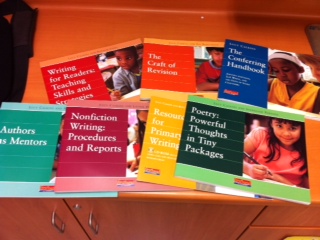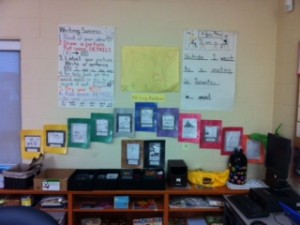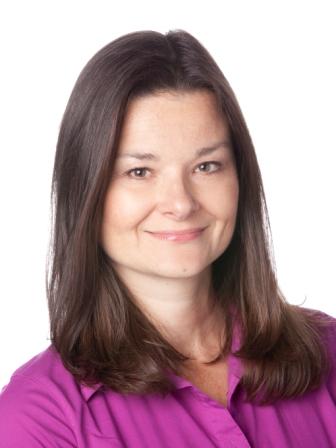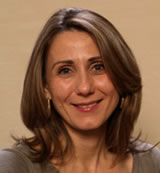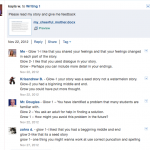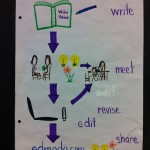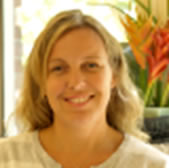I know there are lots of clichés around the start of the New Year and I have to say that I believe in every one of them. As far as teaching is concerned (in my experience), there are guaranteed to be two magical times of the year where everything goes smoothly and you feel on top of the world. The first is the very first week of school in September where your bright-eyed students sit complacently hanging off your every word. The second couldn’t come at a better time and occurs upon the return from the winter holidays. New Year’s coincides with a shift of cosmic, spiritual or divine proportions and seems to permeate the psyche of even hormonal eighth graders. It is a small window where people stop to take stock of the past and visualize the future.
As a teacher, this “pause” is a golden opportunity not to be squandered. In this momentary blip (which might last a few days if you’re lucky), it’s as though students have suffered a mild form of amnesia. Apart from being slightly annoying from a pedagogical perspective, it nonetheless allows you to chart a new direction. Changing up the look of your classroom with new displays, layout and seating plan is refreshing and energizing.
A fresh start has a lot of appeal on many levels not only for you the teacher but for your students as well. Although it’s often said that students thrive on routine, it’s also true that change, spontaneity and an element of surprise go a long way as well. Don’t neglect the fact that your students might also be affected by the psychological hype surrounding New Year’s. I would bet that many of them are thinking about their own ambitions and might have something specific that they would like to achieve. Others might need a blank slate and a chance to start over with you. Any way you look at it, it’s good to capitalize on the energy and momentum surrounding the New Year and move forward with positivity, renewed energy and vigour.
*Some suggested New Year’s Activities:
Have students write down a goal they wish to achieve by the end of the year. At the same time on another sheet of paper, have them envision some of the difficulties they might encounter and write a short encouraging letter to themselves. This teaches them how to set realistic goals, anticipating challenges. At some point, have them read their letters to themselves and compose another to also be opened in the near future. Repeat the process until the final time when they re-read their goal an have them assess their progress.
On a small piece of paper, have students write down something they do not want to carry with them into the New Year. It can be a bad habit, a personal quality or negative situation. In real practice, you would toss your paper into a bonfire symbolizing that you are leaving your burdens behind. This is obviously not an ideal method of disposal for a classroom situation – something equivalent might be the shredding machine…



